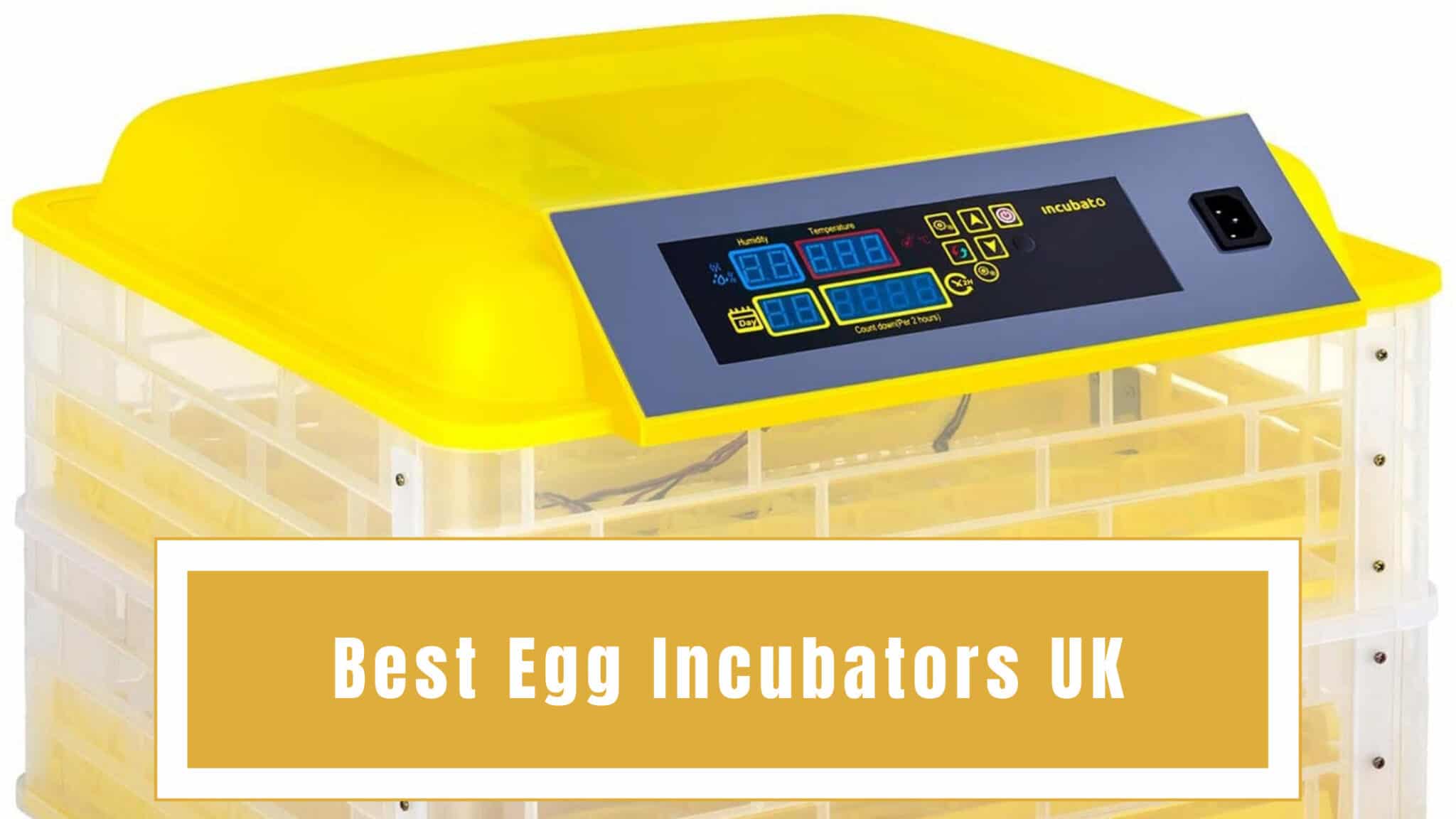

In the last phase, the egg tooth appears. During the second phase, the digits develop. The yolk is absorbed by the developing young. In the first phase, the embryo has no functional organs and relies on the yolk sac for sustenance. The incubation period is divided into three phases. After laying her eggs, the female curls around them. In perhaps the best known example, the platypus, the eggs develop in utero for about 28 days, with only about 10 days of external incubation (in contrast to a chicken egg, which spends about one day in tract and 21 days externally). Some start to incubate after the last egg of the clutch, causing the young to hatch simultaneously. Some species begin incubation with the first egg, causing the young to hatch at different times others begin after laying the second egg, so that the third chick will be smaller and more vulnerable to food shortages. Extended periods of suspension have been observed in some marine birds. The freshly laid eggs of domestic fowl, ostrich, and several other species can be stored for about two weeks when maintained under 5 ☌. Įmbryo development remains suspended until the onset of incubation. The chick hatched inside and emerged from its mother without the shell, leading to internal wounds that killed the mother hen. However, in one recorded case, the egg incubation occurred entirely within a chicken. Normally the egg is incubated outside the body. Even in other birds, ambient temperatures can lead to variation in incubation period. Megapode eggs take from 49 to 90 days depending on the mound and ambient temperature. It can be an energetically demanding process, with adult albatrosses losing as much as 83 g of body weight a day. In general smaller birds tend to hatch faster, but there are exceptions, and cavity nesting birds tend to have longer incubation periods. In these latter, the incubation is interrupted the longest uninterrupted period is 64 to 67 days in the emperor penguin.

The incubation period, the time from the start of uninterrupted incubation to the emergence of the young, varies from 11 days (some small passerines and the black-billed and yellow-billed cuckoos) to 85 days (the wandering albatross and the brown kiwi). In hoatzins, some birds (mostly males) help their parents incubate later broods. The male mountain plover incubates the female's first clutch, but if she lays a second, she incubates it herself. In others, such as the cassowaries, only the male incubates. In some species, such as the whooping crane, the male and the female take turns incubating the egg. Possibly the most common pattern is that the female does all the incubation, as in the Atlantic canary and the Indian robin, or most of it, as is typical of falcons. In the species that incubate, the work is divided differently between the sexes. As incubation proceeds, an egg will normally become lighter, and the air space within the egg will normally become larger, owing to evaporation from the egg.Įxperiments with great tits show that females compensate for the potential effects of differential heating by moving the eggs homogeneously within the clutch. The humidity is also critical, because if the air is too dry the egg will lose too much water to the atmosphere, which can make hatching difficult or impossible. The Namaqua sandgrouse of the deserts of southern Africa, needing to keep its eggs cool during the heat of the day, stands over them drooping its wings to shade them. Several groups, notably the megapodes, instead use heat generated from rotting vegetable material, effectively creating a giant compost heap while crab plovers make partial use of heat from the sun.
#Incubator egg science project Patch
In warm-blooded species such as bird species generally, body heat from the brooding patch of the brooding parent provides the constant temperature. Avian incubation Ī wide range of incubation habits is displayed among birds. The action or behavioral tendency to sit on a clutch of eggs is also called broodiness, and most egg-laying breeds of poultry have had this behavior selectively bred out of them to increase production. Especially in poultry, the act of sitting on eggs to incubate them is called brooding. In birds in contrast, the sex of offspring is genetically determined, but in many species a constant and particular temperature is necessary for successful incubation. In many species of reptile for example, no fixed temperature is necessary, but the actual temperature determines the sex ratio of the offspring. Multiple and various factors are vital to the incubation of various species of animal. Egg incubation is done under favorable environmental conditions, possibly by brooding and hatching the egg. Egg incubation is the process by which an egg, of oviparous (egg-laying) animals, develops an embryo within the egg, after the egg's formation and ovipositional release.


 0 kommentar(er)
0 kommentar(er)
